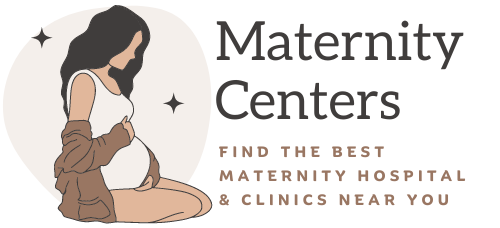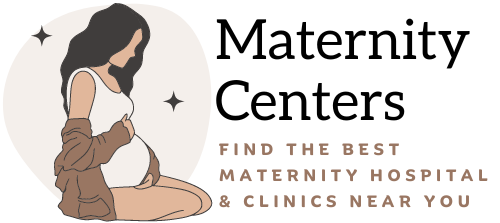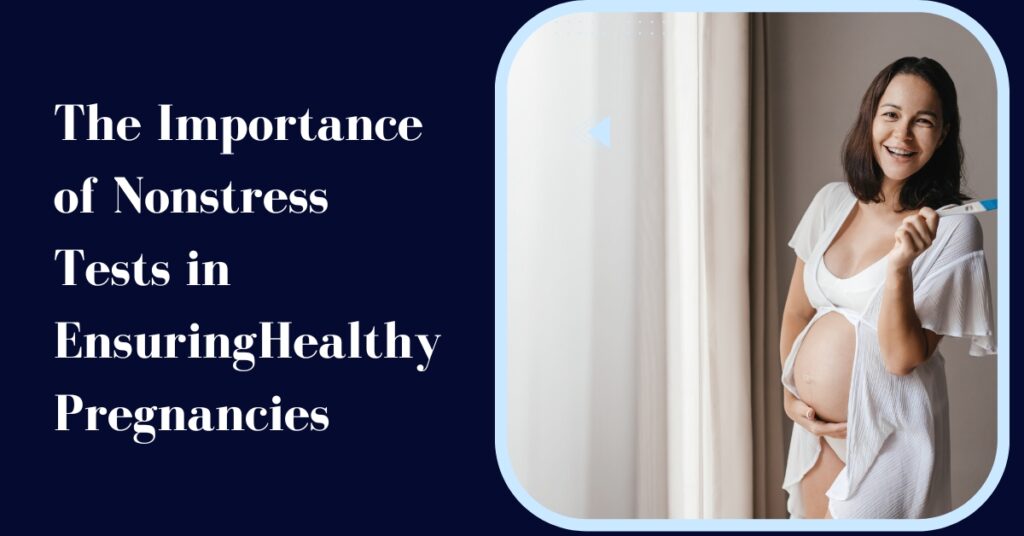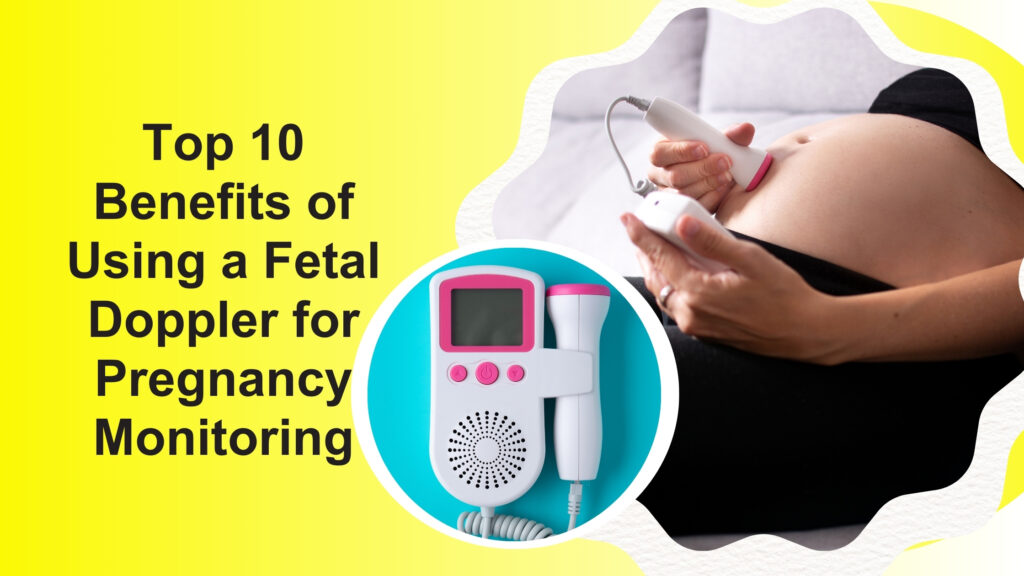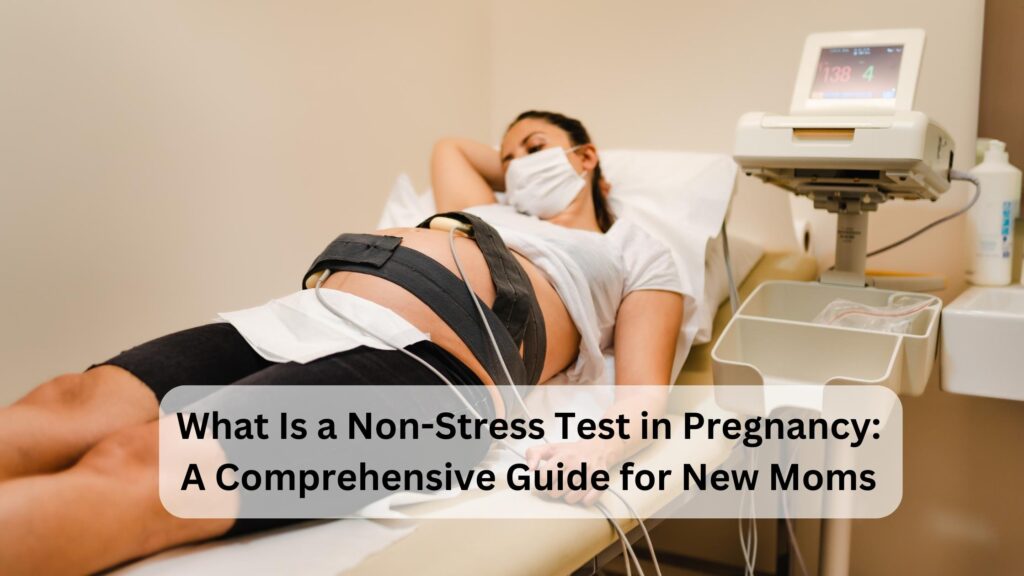Currently Empty: $0.00
What is Obstetric Shock: Causes, Symptoms, and Prevention
Obstetric shock (OS) is characterized as a life-threatening cardiovascular crisis linked to pregnancy, childbirth, and the postpartum period, primarily stemming from obstetric factors. This condition has historically stood as the leading cause of elevated maternal mortality (MM).
Pregnancy and childbirth are beautiful, life-changing experiences, but they can also present unforeseen challenges. One of these challenges, though rare, is obstetric shock—a life-threatening condition that can strike expectant mothers during or after childbirth. In this article, we will delve into the signs, causes, and prevention of obstetric shock.
Obstetric shock is a critical medical emergency that can occur during pregnancy, childbirth, or in the postpartum period. It is a condition characterized by a severe drop in blood flow and oxygen delivery to vital organs, often resulting from various complications related to pregnancy and childbirth. Obstetric shock can have life-threatening consequences for both the mother and the baby, making it essential to recognize its signs, causes, and risk factors.
Contents
What Are The Causes of Obstetric Shock?
Several factors can contribute to the development of obstetric shock:
Postpartum Hemorrhage:
Excessive bleeding after childbirth is one of the most common causes of obstetric shock. It can result from uterine atony, trauma, or placental abnormalities.
Eclampsia and Preeclampsia:
These hypertensive disorders of pregnancy can lead to multi-organ dysfunction, including liver and kidney failure, potentially causing shock.
Amniotic Fluid Embolism:
Amniotic Fluid Embolism is a rare but life-threatening obstetric emergency that occurs when amniotic fluid, fetal cells, hair, or other debris enter the maternal bloodstream during pregnancy or childbirth. This condition is often sudden and unpredictable, making it one of the most challenging complications in obstetrics.
Sepsis:
Sepsis can quickly escalate during pregnancy or the postpartum period, posing serious risks. Pregnancy weakens the immune system, making expectant mothers more susceptible to infections. Postpartum sepsis is also a concern. Timely recognition and treatment of symptoms, including fever, rapid heart rate, and confusion, are vital. Prevention involves good prenatal care, prompt infection treatment, and postpartum care. Swift intervention with antibiotics and other treatments is essential in managing sepsis during this vulnerable period to safeguard both the mother and newborn’s health.
Cardiovascular Conditions:
Pre-existing heart conditions can significantly increase the risk of obstetric shock during pregnancy or childbirth. Conditions such as cardiomyopathy, which affect the heart’s ability to pump blood effectively, can lead to insufficient oxygen and nutrient delivery to both the mother and the fetus. These conditions can make it challenging for the heart to adapt to the increased demands of pregnancy, increasing the risk of cardiovascular collapse and obstetric shock. Pregnant women with known cardiovascular conditions need close monitoring and specialized care to minimize the risk.
Blood Clotting Disorders:
Pre-existing heart conditions can significantly increase the risk of obstetric shock during pregnancy or childbirth. Conditions such as cardiomyopathy, which affect the heart’s ability to pump blood effectively, can lead to insufficient oxygen and nutrient delivery to both the mother and the fetus. These conditions can make it challenging for the heart to adapt to the increased demands of pregnancy, increasing the risk of cardiovascular collapse and obstetric shock. Pregnant women with known cardiovascular conditions need close monitoring and specialized care to minimize the risk.
Recognizing the Signs of Obstetric Shock
Recognizing the signs of obstetric shock is crucial for timely intervention and improving the chances of a positive outcome. Common signs and symptoms of obstetric shock may include:
Hypotension (Low Blood Pressure):
A significant drop in blood pressure is a key indicator of shock. Pregnant women experiencing obstetric shock often exhibit a sudden decrease in blood pressure, which can be detected through routine monitoring.
Tachycardia (Rapid Heart Rate):
A significantly elevated heart rate may accompany low blood pressure, as the body attempts to compensate for reduced blood flow by pumping faster. This is a notable sign of distress.
Pale or Cold, Clammy Skin:
Inadequate blood circulation results in pale or cold skin, which is often accompanied by excessive sweating or clamminess. The body’s natural response is to redirect blood flow to essential organs, leaving peripheral areas with compromised circulation.
Altered Mental State:
Obstetric shock can deprive the brain of oxygen, leading to symptoms like confusion, disorientation, or even loss of consciousness. These mental state changes are alarming signs that immediate intervention is needed.
Weak Pulse:
A weak or thready pulse is a common sign of inadequate blood flow to peripheral parts of the body. This indicates that vital organs are not receiving the required oxygen and nutrients.
Shortness of Breath:
Inadequate oxygen delivery to the lungs can result in difficulty breathing or rapid, shallow breathing. This is a distressing symptom that indicates the severity of obstetric shock and the urgent need for medical attention.
Uterine Atony:
In cases of postpartum hemorrhage, the uterus may not contract properly after childbirth. This condition, known as uterine atony, can lead to profuse bleeding and worsen the state of shock. Immediate medical intervention is essential to control bleeding and manage uterine atony effectively.
What Are The Prevention of Obstetric Shock?
Preventing obstetric shock is essential for the well-being of both the mother and the baby. Here are some key preventive measures:
Prenatal Care:
Regular prenatal care is the cornerstone of a healthy pregnancy. During prenatal check-ups visits, healthcare providers monitor the progress of the pregnancy, check the health of both the mother and the baby, and identify any potential risk factors. Early detection allows for timely intervention and management, which can significantly reduce the risk of complications, including obstetric shock.
Management of High Blood Pressure:
High blood pressure during pregnancy, particularly conditions like preeclampsia, can have serious consequences for both the mother and the baby. Early diagnosis and proper management are critical. By effectively managing hypertension, the risk of preeclampsia-related complications that can lead to obstetric shock is greatly reduced.
Infection Prevention:
Maintaining good hygiene practices during pregnancy and childbirth is essential to prevent infections that can lead to septic shock. Proper handwashing, sterile techniques during medical procedures, and the judicious use of antibiotics in the presence of infections are all important measures. Timely identification and treatment of infections can help avoid the progression to septic shock.
Proper Uterine Care:
After childbirth, the uterus needs to contract effectively to control bleeding and prevent postpartum hemorrhage, a significant cause of obstetric shock. Techniques such as uterine massage and the administration of uterotonic medications (medications that stimulate uterine contractions) are used to ensure the uterus contracts properly. Additionally, proper management of the third stage of labor, which includes the delivery of the placenta, plays a key role in preventing excessive bleeding.
Thromboprophylaxis:
Some women have a history of clotting disorders, which can increase the risk of deep vein thrombosis and other blood clot-related complications during pregnancy and childbirth. Thromboprophylaxis involves preventive measures such as anticoagulation therapy, which helps prevent the formation of dangerous blood clots. These measures can significantly reduce the risk of clot-related complications, including obstetric shock.
Education and Training:
It’s imperative that healthcare professionals are well-prepared to recognize the signs of obstetric shock and respond promptly. This involves training in the use of monitoring equipment, understanding the protocols for managing obstetric emergencies, and developing the skills necessary for providing immediate care when needed. Education and training are the foundation of a healthcare system’s ability to handle obstetric shock effectively, potentially saving lives.
What Tools or Equipment Are Used for Managing Obstetric Shock?
Blood Pressure Monitor:
Accurate blood pressure measurement is crucial in diagnosing obstetric shock, as a significant drop in blood pressure is a key indicator of the condition.
Fetal Monitoring Equipment:
Fetal monitoring offers real-time insights into the baby’s health. It allows healthcare providers to assess the baby’s heart rate, which can reveal signs of distress or any irregularities that may require immediate attention. By closely tracking the baby’s heart rate, medical professionals can determine if the baby is receiving an adequate supply of oxygen and nutrients.
Intravenous (IV) Lines and Fluids:
Establishing intravenous access and administering fluids is essential for maintaining blood volume and preventing hypotension in cases of obstetric shock.
Uterotonic Medications:
Uterotonic drugs like oxytocin can help stimulate uterine contractions and control postpartum hemorrhage, a common cause of obstetric shock.
Obstetric Shock Index Monitor (OSIM):
The obstetric shock index monitor (OSIM) is a vital tool in obstetric care. It is designed to assist healthcare providers in quickly assessing and monitoring vital signs, including blood pressure, heart rate, and oxygen saturation in pregnant women. By continuously monitoring these parameters, obstetric shock index monitor aids in the early detection of obstetric shock and enables timely intervention, potentially saving lives.
These tools play a fundamental role in diagnosing and managing obstetric shock, making them indispensable in providing life-saving care to pregnant women facing this critical condition.
To wrap things Up
Obstetric shock is a critical concern in the realm of pregnancy and childbirth. Understanding its signs, causes, and prevention strategies is essential for the safety and well-being of expectant mothers and their newborns. With the help of the obstetric shock index monitor, we can better equip healthcare professionals to intervene in a timely manner, potentially saving lives and making the journey to motherhood safer and more manageable.
